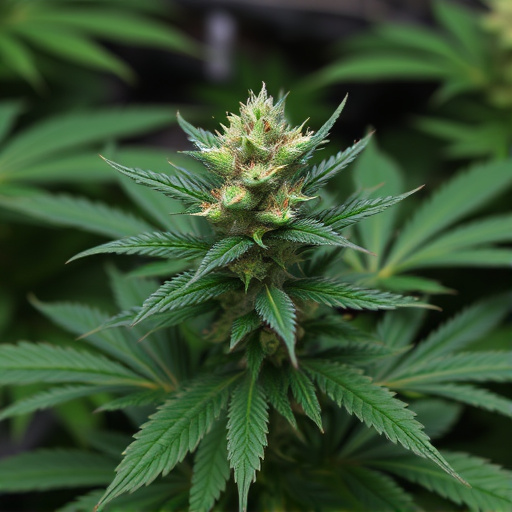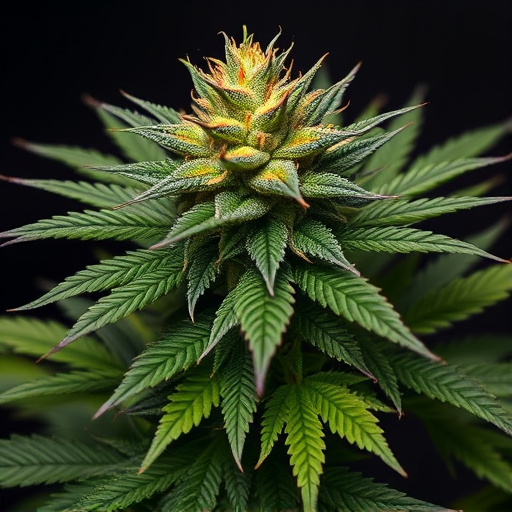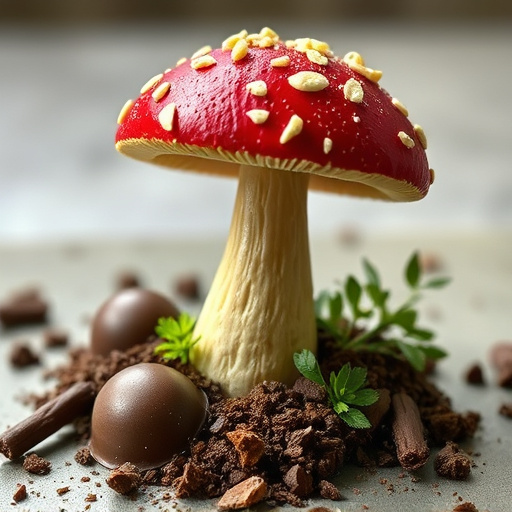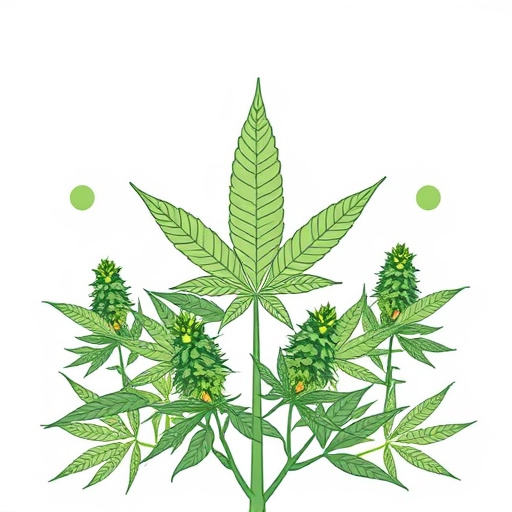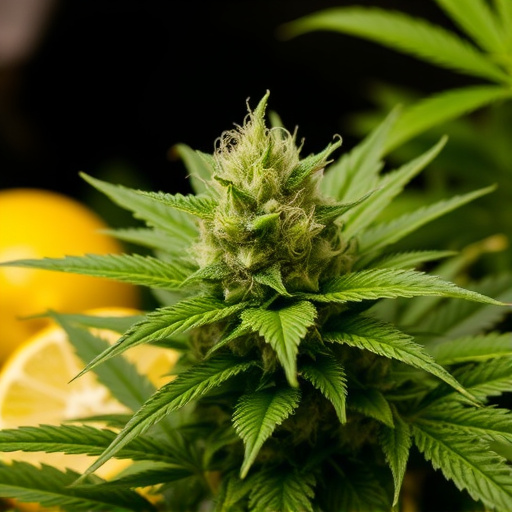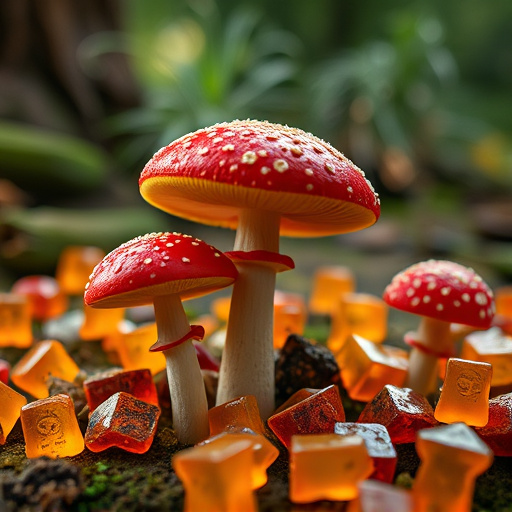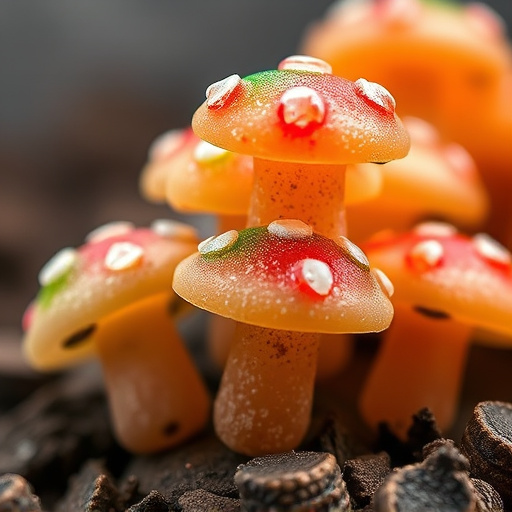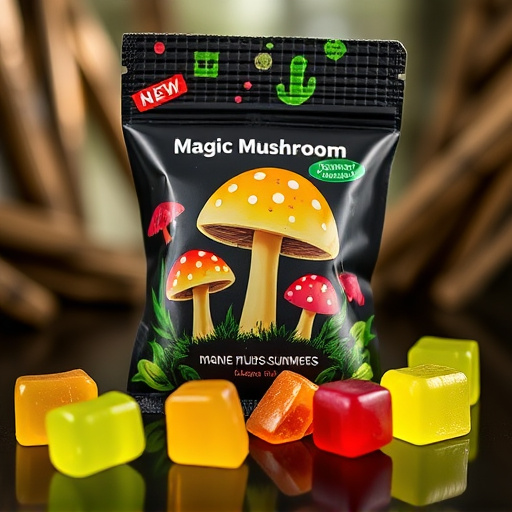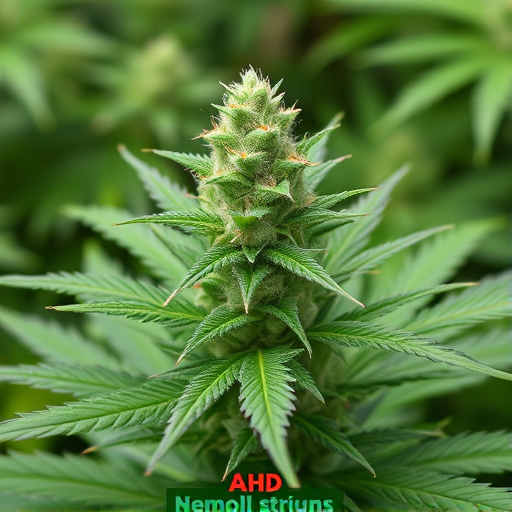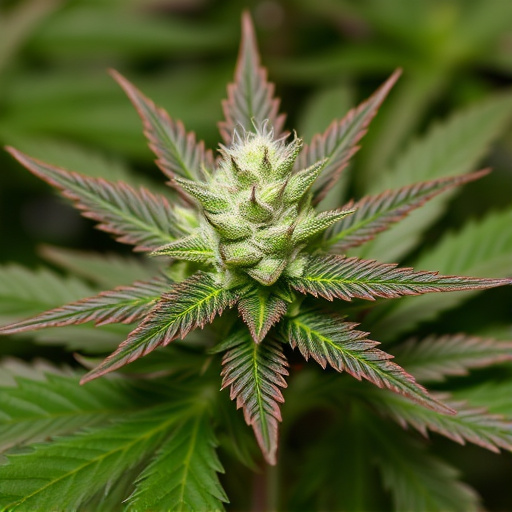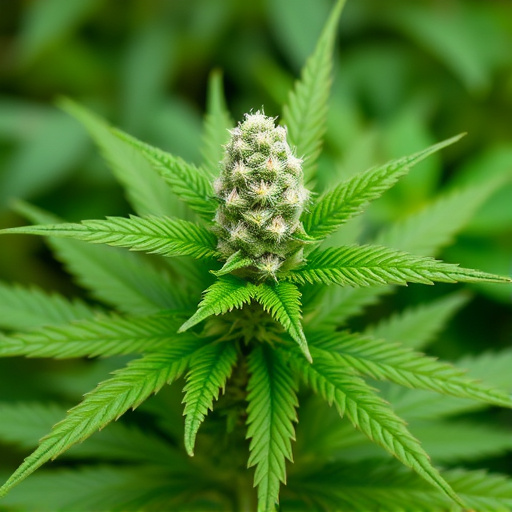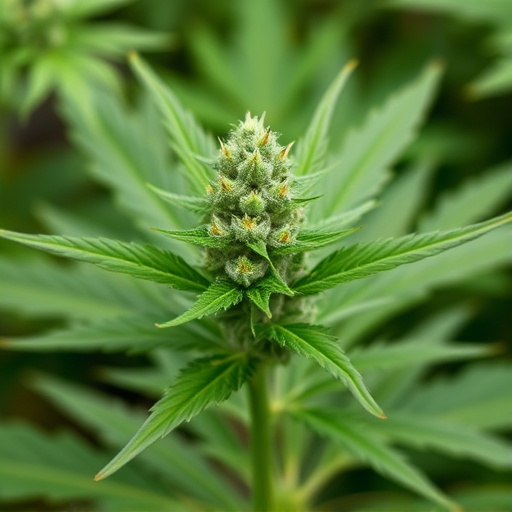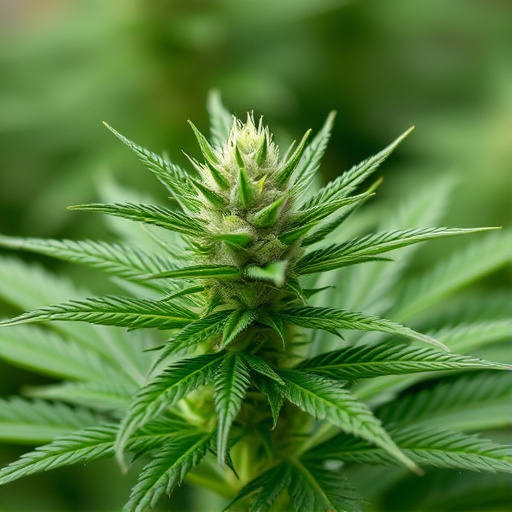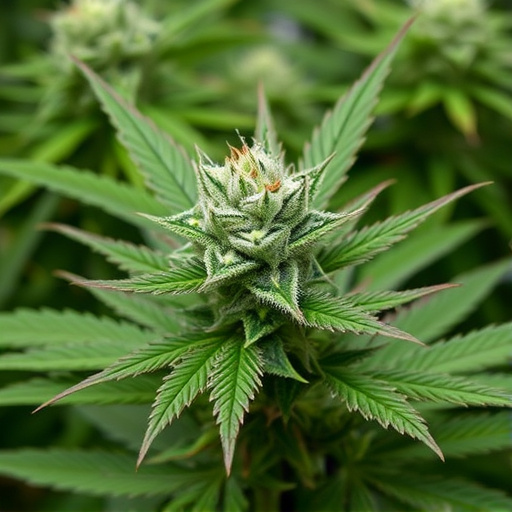Cannabis strains tailored for ADHD management prioritize specific THC:CBD ratios, offering benefits like improved focus, mood regulation, and anxiety reduction. High-quality assessment relies on lab testing for safety verification, contaminant identification, and accurate cannabinoid content. Terpene profiles, notably myrcene and linalool, enhance therapeutic effects through the entourage effect, contributing to overall mental and physical symptom relief. Strains target optimal ratios, balancing THC's psychoactive properties with CBD's calming, homeostatic effects for effective ADHD treatment.
Discover what sets high-quality cannabis flower apart in our comprehensive guide. Explore the intricate factors influencing excellence, from potent terpene profiles enhancing scent and effects, to crucial cannabinoid concentrations like THC and CBD. We delve into the genetic roots and cultivation practices shaping these premium blooms. Furthermore, learn about ideal conditions for cultivating cannabis strains effective for ADHD management, empowering consumers to discern top-tier quality through lab testing, visual cues, and aroma analysis.
- Understanding Cannabis Quality Metrics
- – Terpene profiles and their impact on scent and effect
- – Cannabinoid concentration and the role of THC & CBD
Understanding Cannabis Quality Metrics
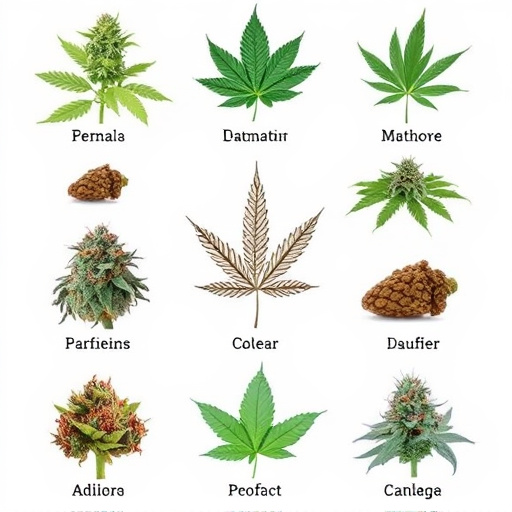
Cannabis quality is a multifaceted concept, especially with the vast diversity of strains available today, including those specifically marketed for conditions like ADHD. Understanding high-quality cannabis involves assessing various metrics that contribute to its overall potency, flavor, and effectiveness. Key indicators include terpene profiles—the aromatic compounds that give each strain its unique scent and potential therapeutic benefits—and cannabinoid ratios, particularly the balance between THC (tetrahydrocannabinol) and CBD (cannabidiol).
High-quality cannabis strains for ADHD often prioritize a specific THC:CBD ratio known to be effective in managing symptoms like focus, mood, and anxiety. Lab testing plays a critical role in verifying these metrics. Reliable testing ensures that the product meets safety standards, identifies any contaminants, and confirms the stated cannabinoid content. Moreover, it helps consumers make informed choices about which strains are best suited for their individual needs, whether for recreational use or to manage specific conditions like ADHD.
– Terpene profiles and their impact on scent and effect
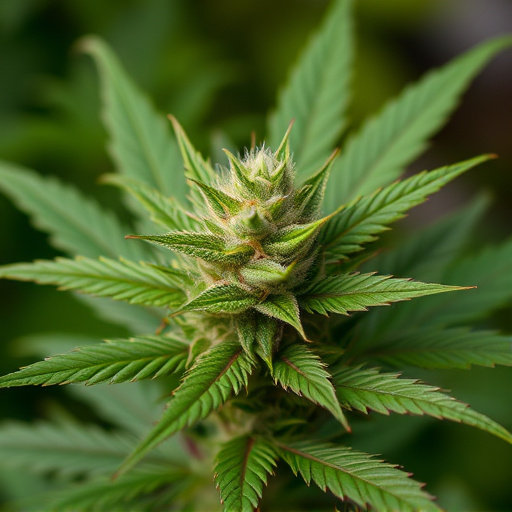
The terpene profiles of cannabis flowers play a pivotal role in dictating both their scent and effects, making them an essential consideration when evaluating high-quality cannabis strains, especially for medical users looking for cannabis strains for ADHD. Terpenes are aromatic compounds that contribute to the unique fragrance and flavor of different cannabis varieties. Beyond their sensory appeal, these chemical entities significantly influence the plant’s therapeutic potential. For instance, myrcene, a common terpene in many cannabis strains, is known for its relaxing and sedative properties, potentially aiding those with ADHD in achieving better sleep and reducing anxiety.
Linalool, another prevalent terpene, exhibits calming effects and may help alleviate symptoms of stress and depression, offering an additional benefit to individuals with ADHD. The interaction between terpenes and cannabinoids creates what is known as the ‘entourage effect,’ enhancing the overall therapeutic experience. This complex interplay ensures that cannabis strains for ADHD are more than just potent; they offer a well-rounded approach to symptom management, catering to both physical and mental wellness.
– Cannabinoid concentration and the role of THC & CBD
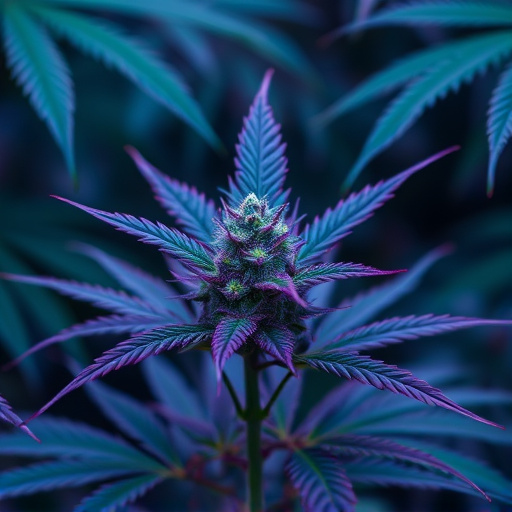
Cannabis flower’s quality is significantly influenced by its cannabinoid concentration, particularly the levels of tetrahydrocannabinol (THC) and cannabidiol (CBD). THC is renowned for its psychoactive effects, inducing feelings of euphoria and relaxation, making it a key factor in cannabis strains for ADHD treatment. High THC content can help reduce symptoms like impulsivity, hyperfocus, and anxiety, offering a sense of calm and control.
On the other hand, CBD doesn’t produce any intoxicating effects but plays a crucial role in balancing the user’s experience. It interacts with the body’s endocannabinoid system to promote homeostasis, contributing to potential therapeutic benefits for ADHD and other conditions. Strains rich in both THC and CBD can provide a balanced effect, combining the mental clarity and focus of CBD with the calming and relaxing properties of THC.
When evaluating high-quality cannabis flowers, particularly for those exploring cannabis strains for ADHD, it’s crucial to consider both terpene profiles and cannabinoid concentrations. Terpenes significantly influence scent and effect, offering diverse therapeutic potential. Cannabinoid levels, especially THC and CBD, play a pivotal role in determining the overall potency and specific benefits. By understanding these quality metrics, consumers can make informed choices, ensuring they access cannabis that not only meets but exceeds their expectations for effectiveness and enjoyment.
